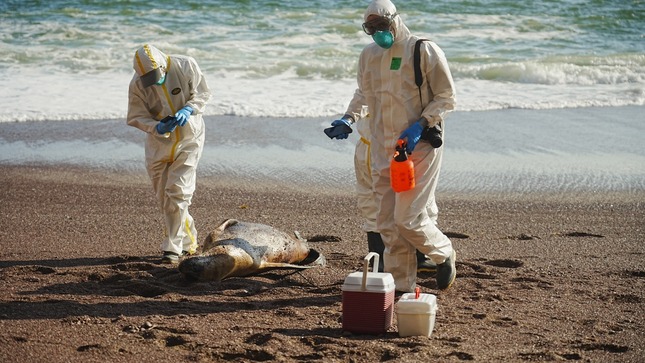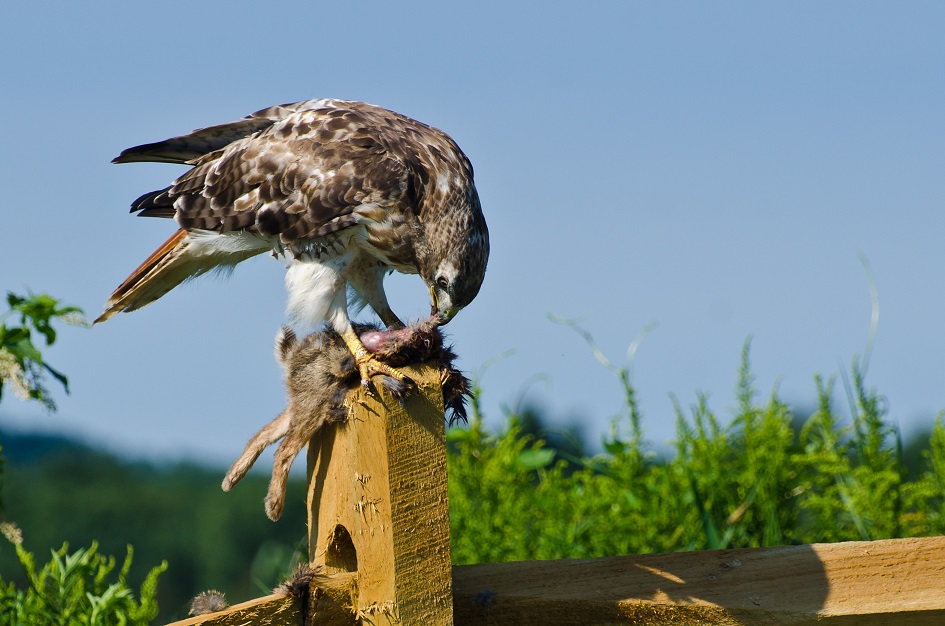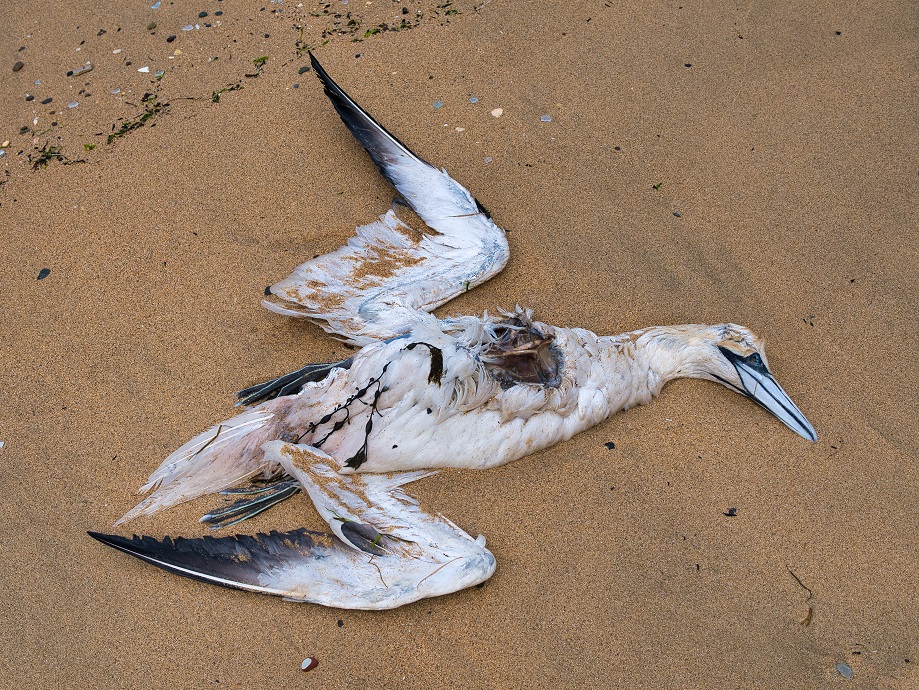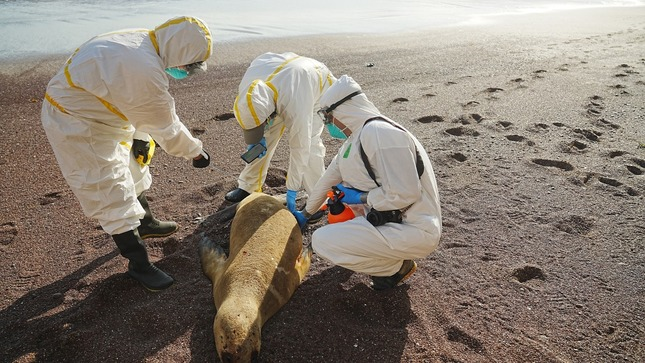Birds
Millions of birds have spread H5N1 all over the globe. While some species of waterfowl are mostly immune and function as a reservoir, migrating birds spread the disease, and some species may go extinct because of H5N1.
>> Birds
Mammals
H5N1 is regularly transmitted from birds to mammals in the wild. But of course most cases are never found in the vast wilderness. According to this list maintained by FAO at least 47 species are affected. A list of all H5N1 infections of mammals in the USA by APHIS, gives an idea what kind of mammals are most commonly infected. While the list is diverse, it contains mostly scavengers like foxes, skunks and racoons.
Globally, the center of attention have been mass mortality events of seals and sea lions, which outnumber the other species with over 10.000 reported cases.
>> Mammals











